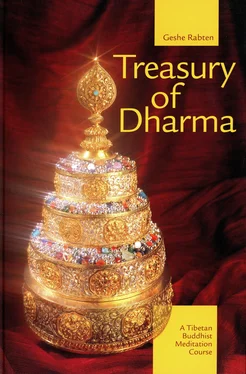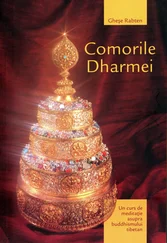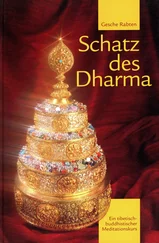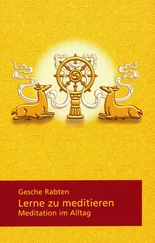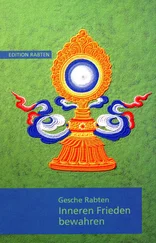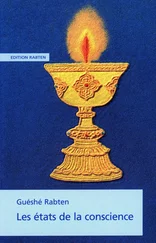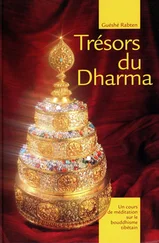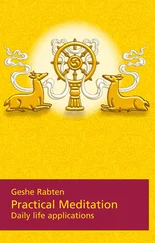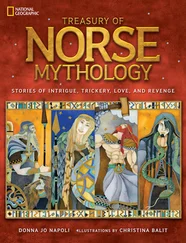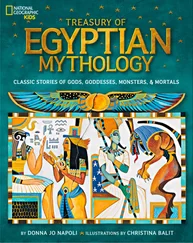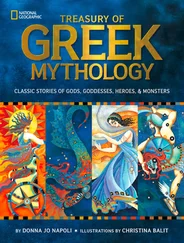Géshé Rabten - Treasury of Dharma
Здесь есть возможность читать онлайн «Géshé Rabten - Treasury of Dharma» — ознакомительный отрывок электронной книги совершенно бесплатно, а после прочтения отрывка купить полную версию. В некоторых случаях можно слушать аудио, скачать через торрент в формате fb2 и присутствует краткое содержание. Жанр: unrecognised, на английском языке. Описание произведения, (предисловие) а так же отзывы посетителей доступны на портале библиотеки ЛибКат.
- Название:Treasury of Dharma
- Автор:
- Жанр:
- Год:неизвестен
- ISBN:нет данных
- Рейтинг книги:3 / 5. Голосов: 1
-
Избранное:Добавить в избранное
- Отзывы:
-
Ваша оценка:
- 60
- 1
- 2
- 3
- 4
- 5
Treasury of Dharma: краткое содержание, описание и аннотация
Предлагаем к чтению аннотацию, описание, краткое содержание или предисловие (зависит от того, что написал сам автор книги «Treasury of Dharma»). Если вы не нашли необходимую информацию о книге — напишите в комментариях, мы постараемся отыскать её.
Treasury of Dharma — читать онлайн ознакомительный отрывок
Ниже представлен текст книги, разбитый по страницам. Система сохранения места последней прочитанной страницы, позволяет с удобством читать онлайн бесплатно книгу «Treasury of Dharma», без необходимости каждый раз заново искать на чём Вы остановились. Поставьте закладку, и сможете в любой момент перейти на страницу, на которой закончили чтение.
Интервал:
Закладка:
Until now we have all considered what we call happiness to be true and lasting happiness and have spent endless hours in pursuit of it. Everyone can understand the first kind of suffering; it is quite obvious. But it requires reflection and contemplation in the light of Dharma teachings to realize that the second kind, the suffering of change, which we usually regard as happiness, is also a kind of suffering.
3 The all-pervasive suffering
The third kind of suffering is even more difficult to understand. It is referred to as all-pervasive suffering or the suffering which is inherent in our body and in our mind, the psycho-physical aggregates. Actually, it is relatively easy to recognize that what we commonly refer to as happiness is not something permanent and lasting, but soon changes and can easily be transformed into pain. But to understand that our body-mind complex, everything that makes up our personality, is pervaded by suffering is infinitely harder. For example, if we have an injury on our arm and put ointment on it, the pain abates and a pleasant sensation is felt. If, on the other hand, we hit it or put salt on it this causes a great deal of pain. The injury is the base on which the two sensations of pleasure and pain arise. Its very nature is suffering, but we feel nothing until an external factor intervenes to provoke a pleasant or unpleasant reaction. The blow which strikes the injury is an example of the suffering of suffering. When we apply ointment to the injury and a pleasant sensation arises it is an example of the suffering of change. When we simply ignore the wound and feel neither pleasure nor pain this illustrates all-pervasive suffering. This is because by its very nature the injury is suffering.
This is a brief explanation of the three kinds of suffering. To sum up our situation, we are constantly experiencing pain of various degrees of subtlety. It is ever-present in our lives and pervades the very nature of our being. It is important that you should think deeply about this fact. If there were no way of eliminating such suffering there would be no point in your coming here. But in fact there is a way to eliminate it and each of us is capable of doing so. The method lies within ourselves. It consists essentially in the proper use of the reasoning and reflective faculties of our mind. It is not something that we can obtain from others or buy at a special shop. If it were, things might be different! Whoever we are we have this ability. Everyone is capable of freeing himself from the domination of suffering and of eliminating it completely, whether he is rich or poor, young or old, man or woman. The method is to use our mind for the practice of Dharma. To do so we must first gain control of our mind and consequently acquire self-determination in the way we make use of it. At present, it is as though our mind is out of control – it thinks about what it wants without our really being able to control and direct it. We need only observe it for a few moments to see how true this is. By means of our practice of Dharma we are trying to bring our mind under control, and become its master. At present, our mind resembles a wild elephant – it charges off anywhere at the slightest whim and is a danger both to ourselves and others. But this wild elephant is not completely beyond our control. We can catch it, tame it and eventually it will become our servant, helping us to practise the Dharma. We will become its master and guide and direct it as we wish. The method for gaining mastery of the mind is meditation. If we had enough time I would explain to you in great detail all the stages in the practice of meditation and then afterwards you could set about putting them into practice. But as our time is limited, I will teach you one meditation technique and then we will practise it. Later I will teach you another one and again we will meditate. In this way I will be able to explain to you several meditation practices and you will be able to use those which you find most helpful for your development.
Meditation posture
Meditation is a means of controlling, taming and eventually transforming the mind so that the necessary freedom can be achieved which makes it possible to eliminate suffering. The most favourable meditation posture is what is known as the full-lotus position. If you find it difficult to sit in this way the half-lotus is also satisfactory. The main point is to sit comfortably, whether one is on the ground or on a chair. If we try to sit in a particular posture and experience pain in our legs and knees and are unable to sit calmly, our meditation session will be wasted and all we will think about is physical pain!
The hands should be placed at the level of the navel, the right on the palm of the left with the thumbs forming a triangle with the palms. If you have difficulty in keeping your hands in this position, you can put a small cushion underneath them to prop them up. The arms should be held slightly away from the body to allow the circulation of air. The shoulders should be erect and the spine straight. The head should be inclined slightly forward. You should not allow your eyes to wander but should focus them in the general direction of your lap in a relaxed, half-closed position. If you try to focus them on the end of your nose you will become tired and your eyes will begin to ache. The tongue should rest lightly against the palate and the mouth and teeth should rest in a natural position.
The reason for sitting in this way is that when one is meditating there is a tendency to forget about the body and this position allows the body to remain comfortably erect without having to make a conscious effort. The fact that the navel is contained within the triangular shape formed by the arched thumbs and the palm of the right hand will be useful in future practices. The body is kept erect so that the channels in the body straighten and the air element which circulates through them can pass freely. If we are breathing properly and the air is flowing through the channels correctly our mind will become clearer and our meditation will benefit accordingly. The head is slightly bent forward to keep the heat element from increasing which would cause us to become thirsty while meditating. Also, if the heat element were to increase we would tend to get headaches and a painful neck. The eyes are lowered to prevent the mind from wandering as a result of visual stimulation. They should not be completely closed as this would cause drowsiness and one might fall asleep. However, it may be easier for some people to meditate with their eyes closed. If so, this is all right. The tongue should rest against the palate to prevent the throat from becoming dry. The mouth itself should be left in a relaxed, natural position with the lips gently touching.
Nine-round breathing meditation
Meditation is a mental activity. In order that we may use it to our advantage we must first calm the mind. Also, we must make an effort to purify the subtle energy channels in our body. We must attempt to clear them as much as possible so that they can function properly. There are thousands of these channels throughout our body but we shall be concentrating on the three main ones located near the spinal column.
When meditating, you should try to keep your back as straight as possible. If you do not, you will feel uncomfortable. We will begin this particular meditation by visualizing a thin, red channel within our body located on the right-hand side of the spinal column. (1) These channels are composed of very subtle matter and should not be confused with physical arteries or veins. This red channel begins four finger-widths below the navel and travels upwards, just to the right of the spinal column, to the top of the skull, above the brain but below the bone. At this point, near where the skull is soft in a new-born child, it bends like the handle of an umbrella and ends at the opening of the right nostril. We should visualize this channel as being straight and smooth. In the same way we should visualize a white channel beginning four finger-widths below the navel and running upward along the left side of the spine, bending at the crown of the head and ending at the left nostril. We visualize the two channels as being about the size of the small finger, like two hollow tubes. In the right, red channel we visualize blood flowing and in the left, white channel, we visualize seminal fluid.
Читать дальшеИнтервал:
Закладка:
Похожие книги на «Treasury of Dharma»
Представляем Вашему вниманию похожие книги на «Treasury of Dharma» списком для выбора. Мы отобрали схожую по названию и смыслу литературу в надежде предоставить читателям больше вариантов отыскать новые, интересные, ещё непрочитанные произведения.
Обсуждение, отзывы о книге «Treasury of Dharma» и просто собственные мнения читателей. Оставьте ваши комментарии, напишите, что Вы думаете о произведении, его смысле или главных героях. Укажите что конкретно понравилось, а что нет, и почему Вы так считаете.
